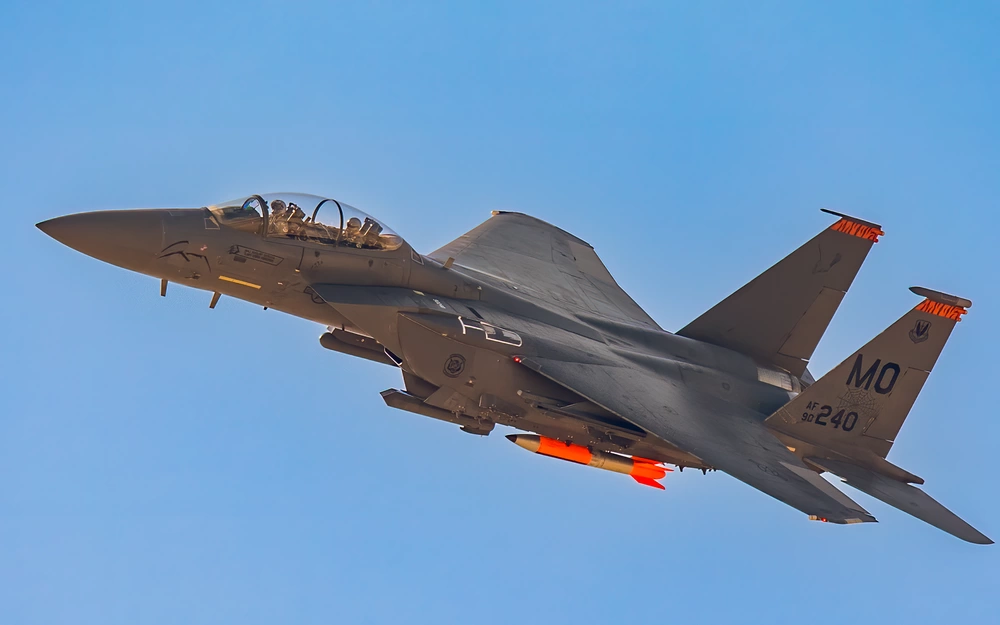The U.S. Department of Defense (DoD) announced that the United States will pursue a modern variant of the B61 nuclear gravity bomb, designated the B61-13, pending Congressional authorization and appropriation. The Department of Energy’s National Nuclear Security Administration (NNSA) would produce the B61-13. The decision to pursue this capability, which was undertaken in close collaboration with the NNSA, responds to the demands of a rapidly evolving security environment as described in the 2022 Nuclear Posture Review. The B61-13 would take advantage of the current, established production capabilities supporting the B61-12, and would include the modern safety, security, and accuracy features of the B61-12.

“The B61-13 represents a reasonable step to manage the challenges of a highly dynamic security environment,” said Plumb. “While it provides us with additional flexibility, production of the B61-13 will not increase the overall number of weapons in our nuclear stockpile.”
“Today’s announcement is reflective of a changing security environment and growing threats from potential adversaries,” said Assistant Secretary of Defense for Space Policy John Plumb. “The United States has a responsibility to continue to assess and field the capabilities we need to credibly deter and, if necessary, respond to strategic attacks, and assure our allies.”

The B61 nuclear bomb is the primary thermonuclear gravity bomb in the United States Enduring Stockpile following the end of the Cold War. It is a low to intermediate-yield strategic and tactical nuclear weapon featuring a two-stage radiation implosion design. The B61 is of the variable yield (“dial-a-yield” in informal military jargon) design with a yield of 0.3 to 340 kilotons in its various mods. It is a Full Fuzing Option (FUFO) weapon, meaning it is equipped with the full range of fuzing and delivery options, including air and ground burst fuzing, and free-fall, retarded free-fall and laydown delivery. It has a streamlined casing capable of withstanding supersonic flight and is 11 ft 8 in (3.56 m) long, with a diameter of about 13 inches (33 cm).

The NNSA Stockpile Stewardship and Management Plan anticipated Phase 1 development for the B61 Mod 13 Life Extension Program (LEP) beginning in 2037 with first production of the weapon in 2050, but in 2023 plans were announced to produce a new gravity bomb similar to that of the B61-12, but having a high yield similar to that of the B61-7, named the B61 Mod 13. It would replace some of the B61-7s in the current nuclear stockpile and have a yield similar to the B61-7, which is higher than that of the B61-12. This initiative follows several months of review and consideration. The fielding of the B61-13 is not in response to any specific current event; it reflects an ongoing assessment of a changing security environment. This discards plans for the Mod 13 to be a future Mod 12 LEP.
















